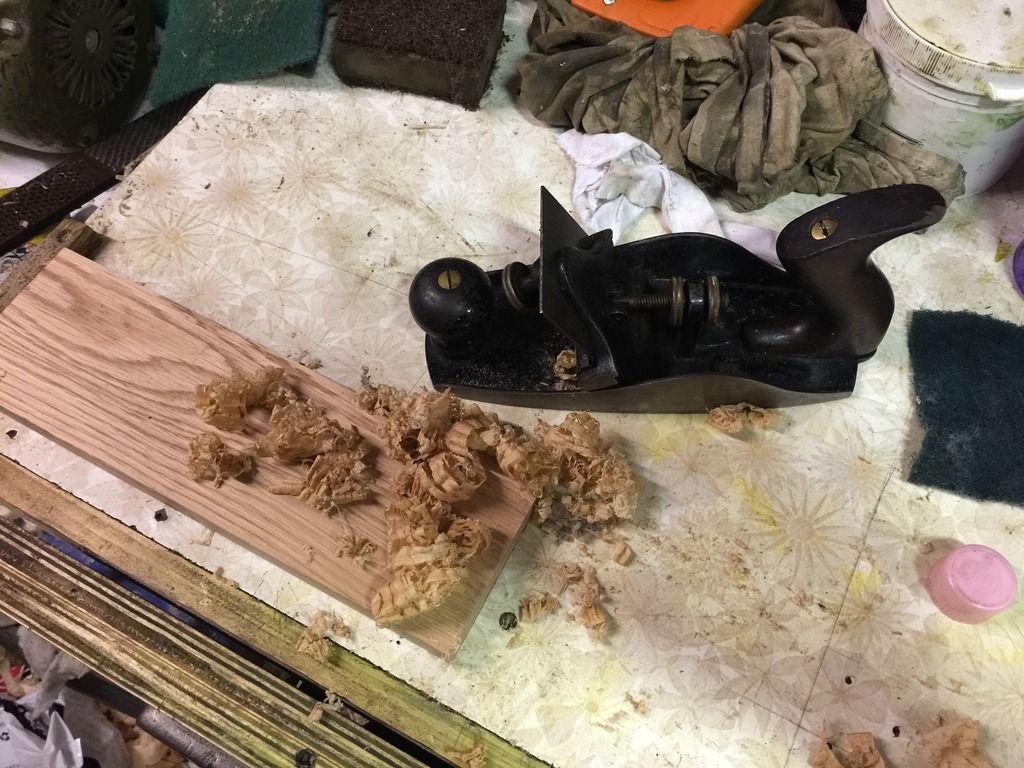memzey":2wsdza0m said:
scraper iron did leave some marks though it may not have been 100% hard enough.
In my admittedly limited experience, if you get marks left, it's probably because the edge of your scraper wasn't perfectly smooth before you started. This can lead to nicks or serrations in the hook, which can lead to marks or scratches left in the workpiece. Before creating and then turning the hook at first, file off your scraper square, and then use a diamond stone or something (whatever you use to sharpen your chisels) to polish the edge and faces smooth. Like that, your hook will be more likely to have a continuous sharp edge.
memzey":2wsdza0m said:
I was expecting shavings that were powdery and more like saw dust (based on YouTube vids) but in fact they looked more like they had come from a smoother. Is that normal?
That means you're doing it right. ;-)
Well, to be honest, the shavings in your picture look thicker than what I usually end up with - I'd worry that my scraper was too aggressive if I was taking off that much, and it may result in hollows in the surface you're scraping. See how it goes for you, but you may consider burnishing less next time!

































